I JUST WANT TO TALK ABOUT PINES, so here’s a super speedy recap of the month:
- It’s officially fall! Fire season is mostly over and the leaves are changing colors.
- Went to the Tetons and Yellowstone with Cicely and Li
- Cross-trained with Soils and saw some cool mycorrhizae
- Collected a monster haul of fuzzy rabbitbrush seeds
- Got stopped on the road by a herd of bighorn sheep
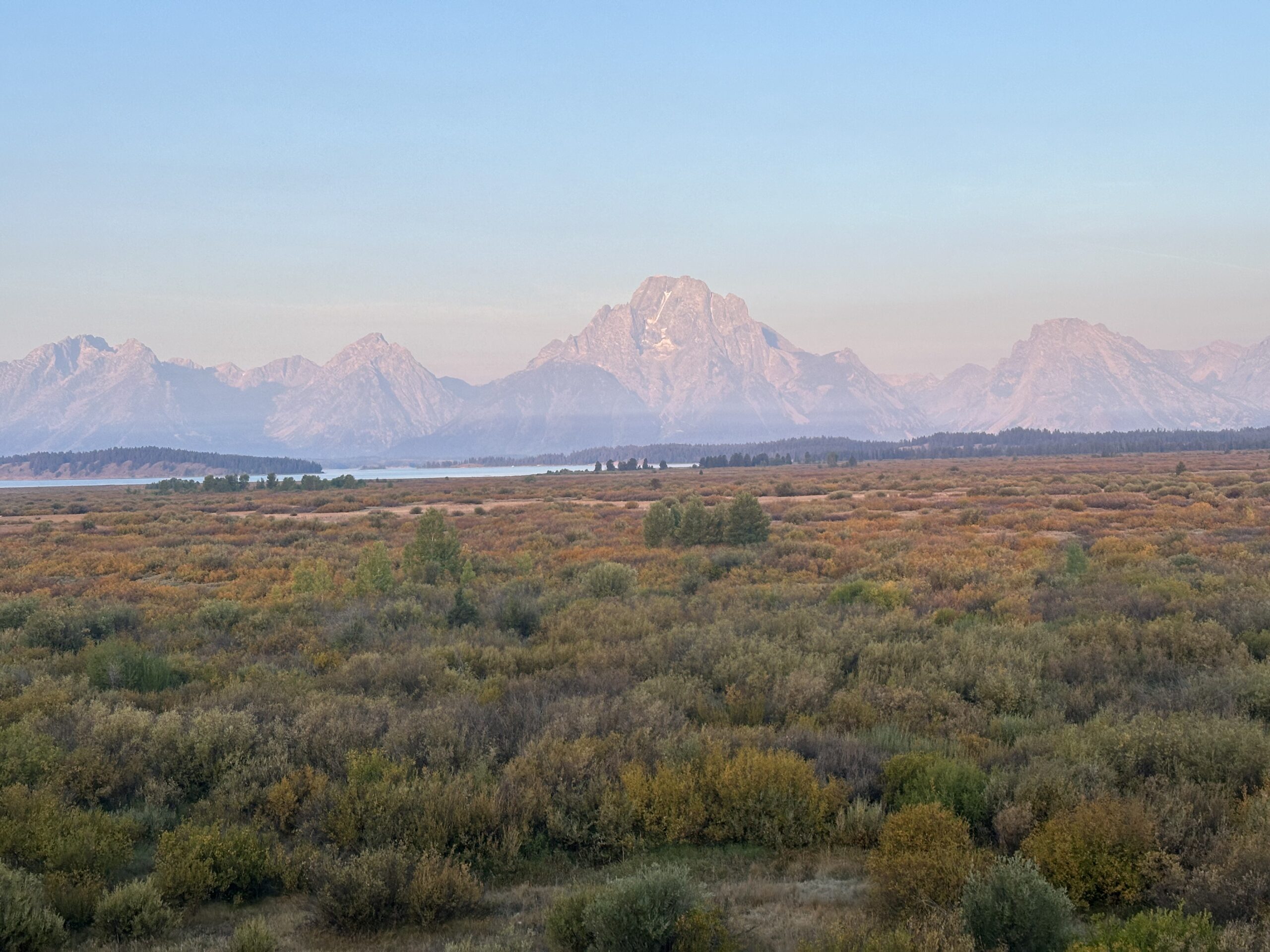
Now onto the tree that has taken up the majority of space in my mind for the past several weeks. Whitebark pine (Pinus albicaulis) is an endangered species that is threatened by mountain pine beetle outbreaks and… dun dun dun… white pine blister rust (WPBR), which is a type of fungus that kills white pines.
In college I read about whitebark pine and other “high-five” species – five-needled trees that love cold, high elevation habitats, which means they’re also really vulnerable to climate heating. So being able to actually go out in the field and make sure that these populations were protected was beyond awesome.

Surveying these trees meant trekking up steep slopes to take different measurements of any whitebark we found and checking for signs of blister rust. By the end of the day, we had our own language for shouting out our data to Elijah, who was recording. You could hear us yelling, “BABY! BABY! BABY NO DEEBAGE!” all throughout the forest. (‘Baby’ was a pine less than three feet tall, and ‘deebage’ was short for ‘DBH’, which is short for ‘diameter at breast height’.) By the end of the day, we even found two mature trees!
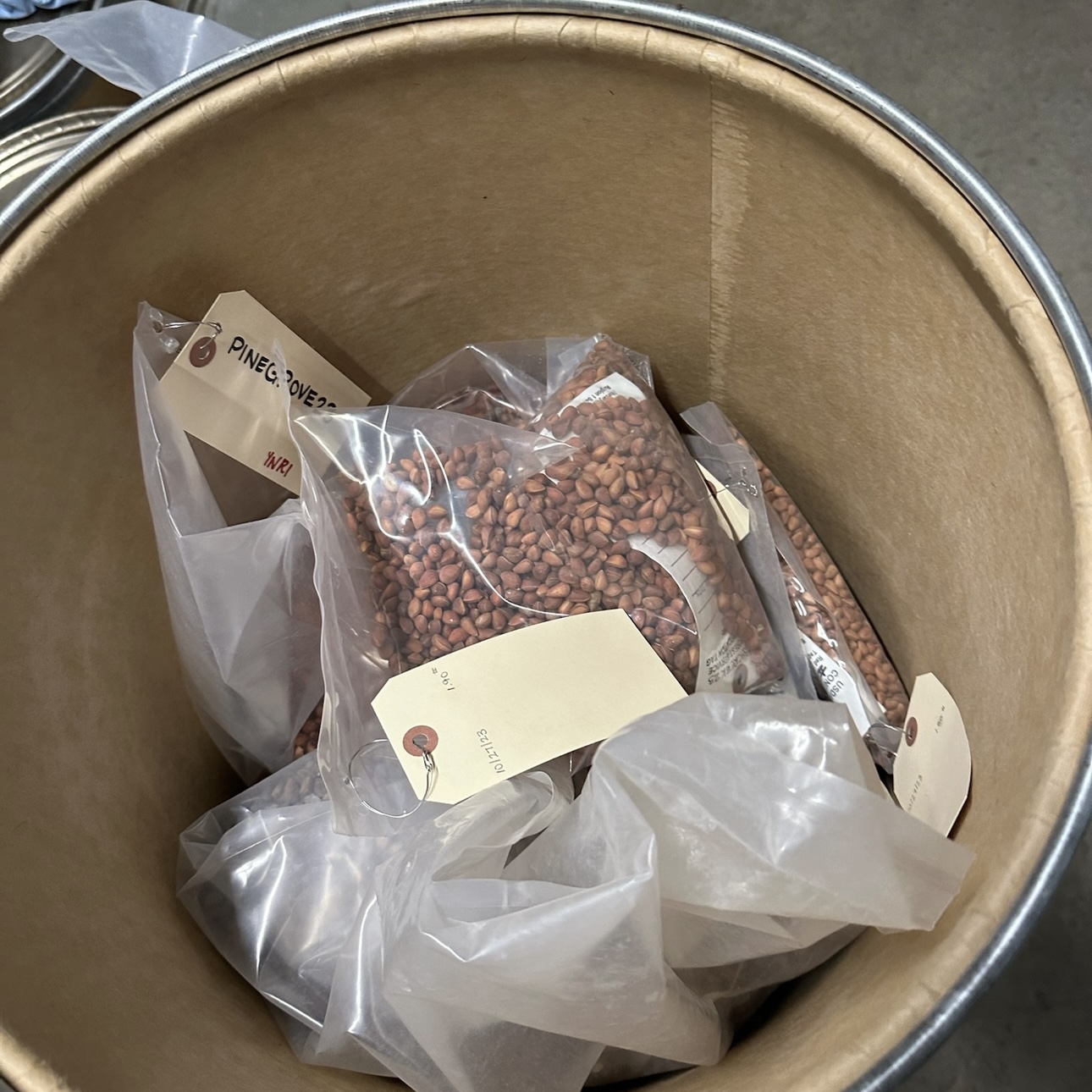
All this surveying came full circle when we visited the Coeur D’Alene Forest Nursery. Nathan, the manager of the Seed Transfer Zone project, gave us a tour and explained to us how their scientists are breeding whitebark pines that have a natural genetic resistance to WPBR.
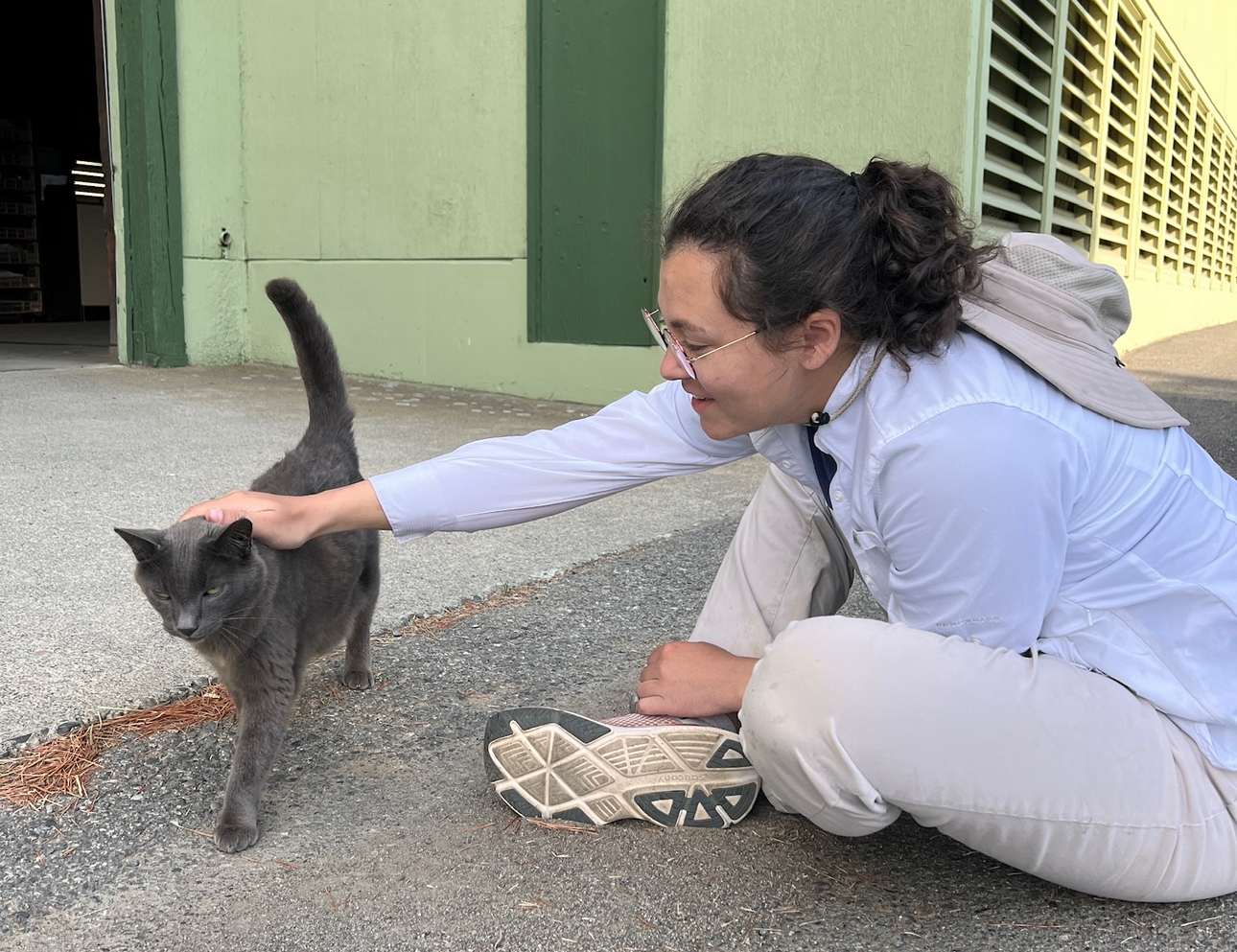
The nursery itself felt almost magical to me. There were massive, sprawling ‘grow-out’ fields and plant beds filled to the brim with native plugs. I loved it, and it reminded me of my old happy place – my college’s greenhouse.
Our main goal was to drop off the seed collections we’ve been gathering this entire season, but we also got to stay a few days to help out with the projects there. We were assigned to measure Penstemon procerus in the fields, taking basal growth height and width, inflorescence height, and leaf height and width. There was a lot to measure for each individual plant, but we were up for the challenge!
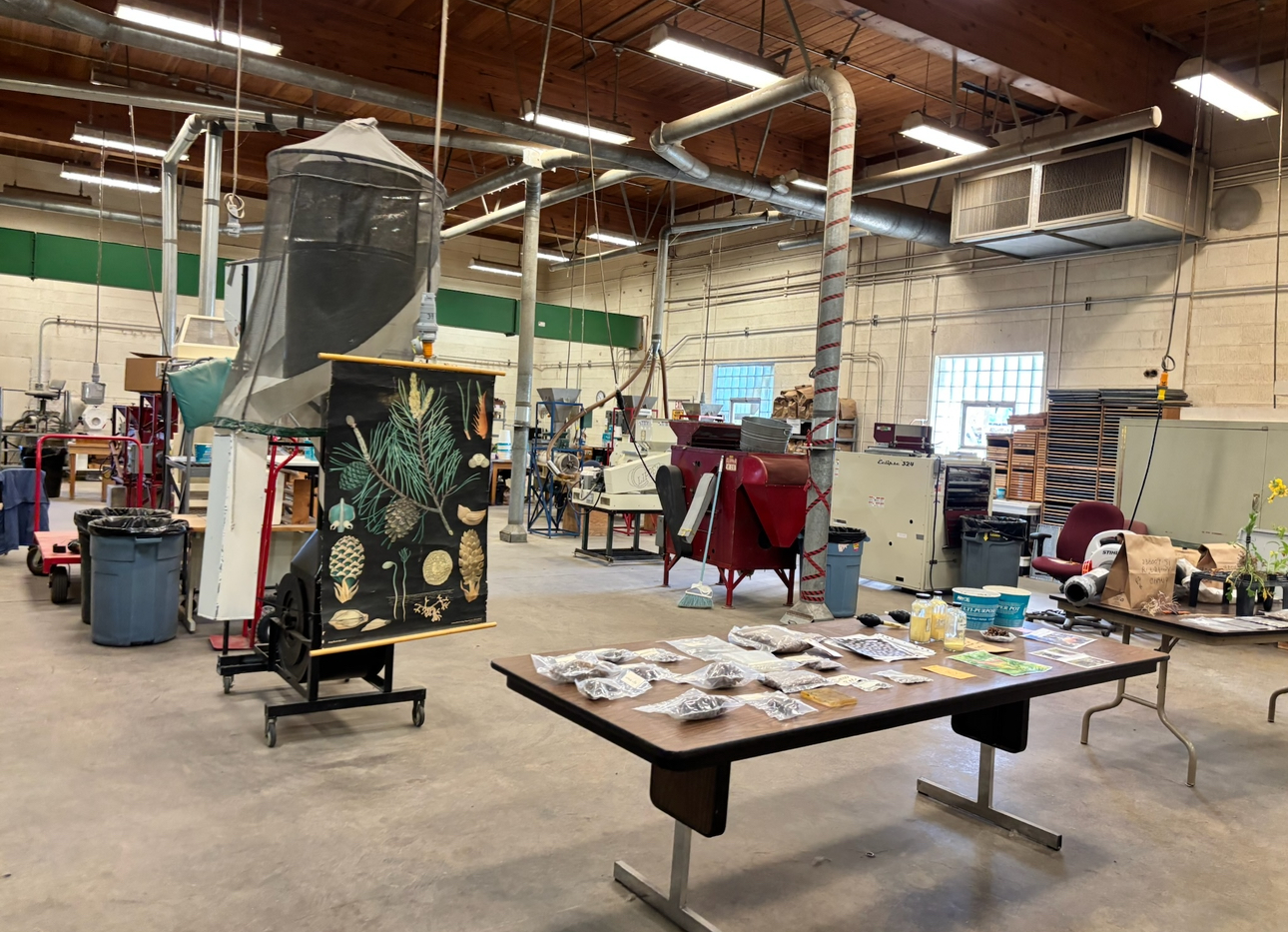
The data we were gathering will be used to decide which Seed Transfer Zone (STZ) each of seeds will go. USGS sums up STZs the best: “Seed transfer zones are areas where plant materials can be transferred with little risk of being poorly adapted to their new location.” So, our morphology measurements are being used to determine what geographic area each plant would thrive in so that they can be grown out in bulk for seed and be as effective as possible in the restoration mixes.
The work got a little monotonous after a few hours, and Li and I got a good case of the giggles, laughing at each other’s attempts at trying to sing early 2000’s dad rock. Even if we were getting a little loopy, it’s neat to have worked on almost every step of the seed mix process.
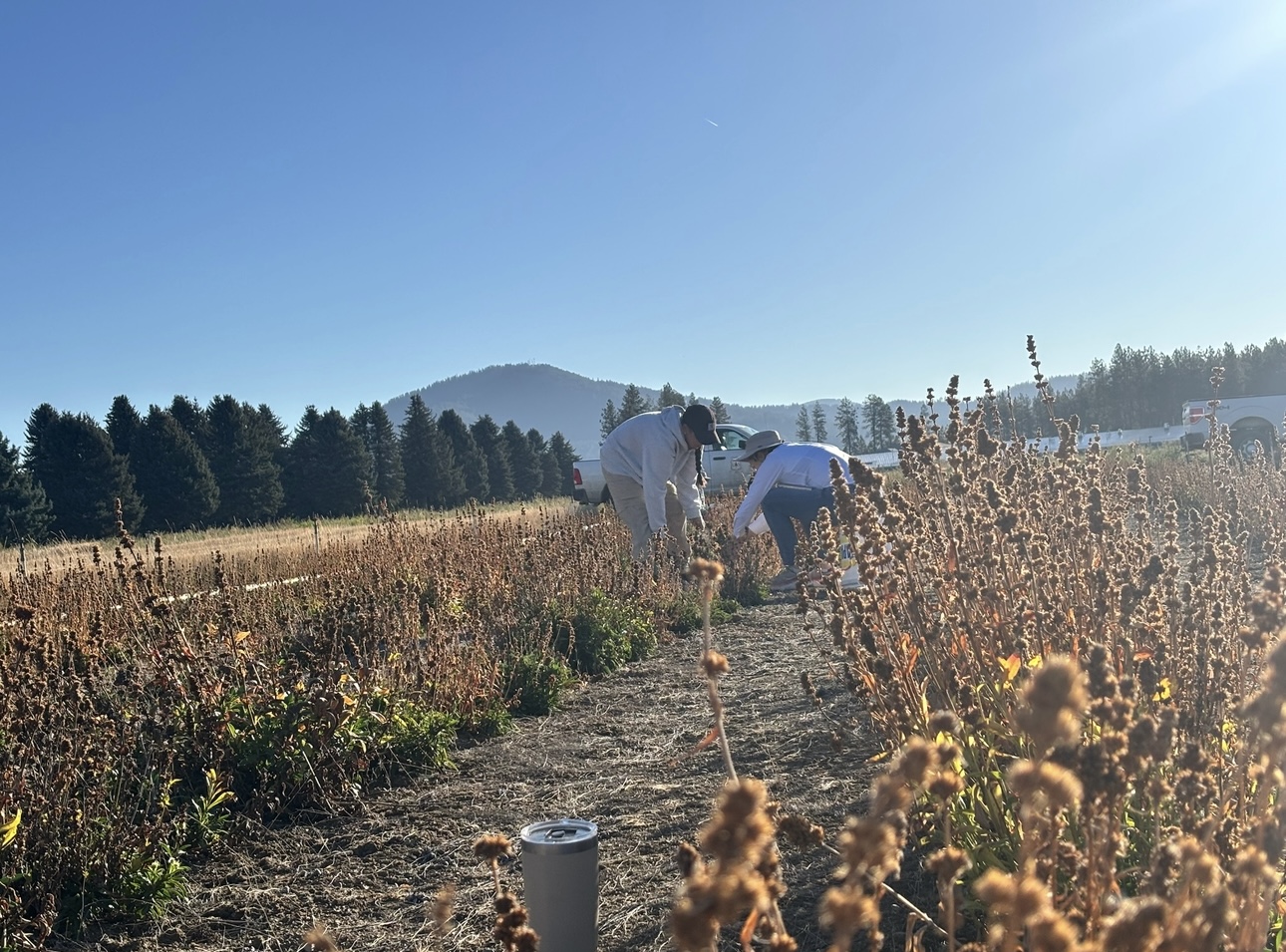
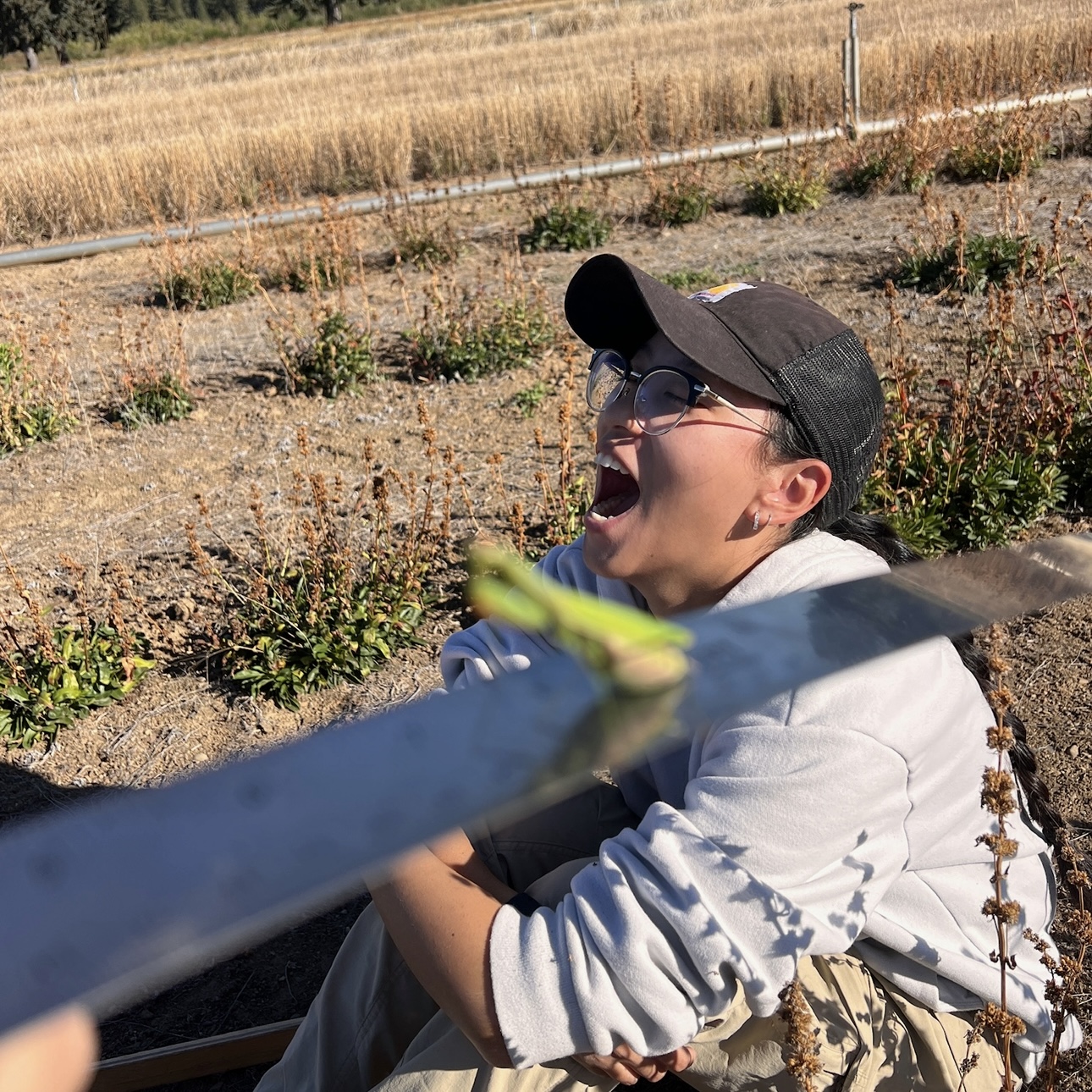
Between the pines and the penstemon, going to Coeur D’Alene reminded me how the importance of what we’re doing can sometimes get lost in the every day. I’m grateful that the nursery made sure we aren’t missing the forest for the trees. Pun intended.
– E
